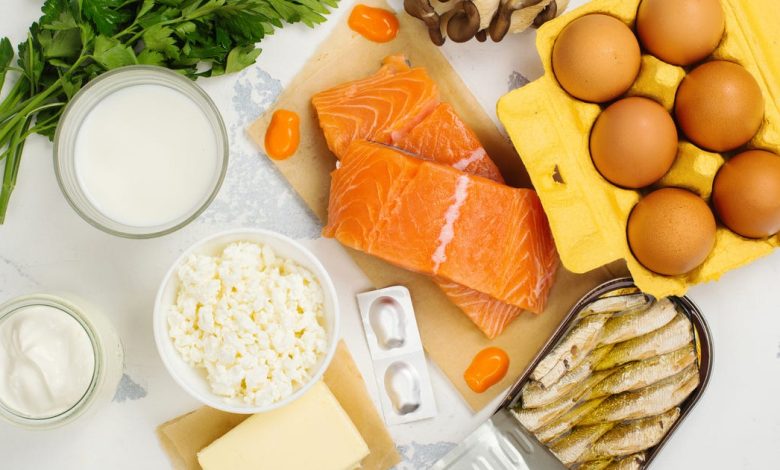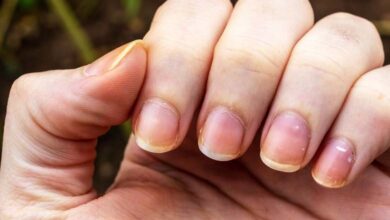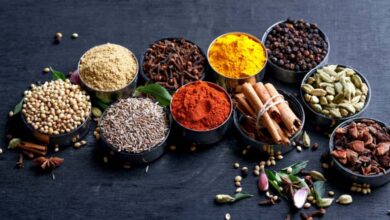11 Foods to eat to get your Vitamin D this Winter

It’s unfortunate that vitamin D, a nutrient that helps boost the immune system, is also at its natural lowest point in our bodies during flu season. This is because most of our vitamin D absorption comes from sunlight, a natural resource that many of us lack exposure to during the cold months.
It’s important that we get enough vitamin D. Vitamin D has a number of benefits, from supporting muscle and neurological function to aiding in the absorption of calcium into the bones, and yes, even strengthening of the immune system. It is recommended by the Mayo Clinic that children up to 12 months of age get 400 international units of vitamin D daily, people aged 1-70 get 600 IU daily, and people over 70 receive 800 IU of vitamin D daily. However, we can get up to 4,000 IUs of vitamin D a day before it becomes toxic.
Below are some foods that can help boost your vitamin D levels even in winter, when we don’t absorb as much vitamin D naturally from sunlight.
The best foods rich in vitamin D
Vitamin D tends to come from natural sources such as fatty fish and egg yolks. You can also eat certain vitamin D-fortified foods, which we’ll explore below.
Salmon
The amount of vitamin D can vary depending on the fish you use. For example, one study found that farmed salmon had 25% of the vitamin D content found in wild salmon. As such, if you get vitamin D from fish sources, try to opt for wild-caught fish over farm-raised fish. As it sits, the USDA says sockeye salmon contains an average of 670 IU of vitamin D per 3.5-ounce serving.
Swordfish
Another oily fish that is an excellent source of vitamin D is swordfish. The USDA lists a 100-gram serving as containing 666 IU of vitamin D. That’s more than the daily recommendation of 600 IU for people ages 1 to 70, so making swordfish for dinner can help. easily meet your vitamin D needs.
Tuna
This breakfast staple can also pack in a vitamin D punch. Although not as high as salmon or swordfish, fresh yellowfin tuna still packs 82 IU of vitamin D per 100 gram serving. , according to the USDA. This may be a food to include as part of an overall vitamin D rich food diet. However, bluefin tuna has 227 IU of vitamin D per 100 gram serving, so also check what kind of tuna you eat.
Egg yolks
As stated by the USDA, a whole egg yolk contains 218 IU of vitamin D. Just making a frittata or scrambled eggs in the morning with two eggs could give you 436 IU of vitamin D. is a great way to start any morning.
Orange juice
While oranges themselves are best known for their vitamin C content, orange juice is often fortified with added vitamin D to help improve our health. Just check the label of your orange juice to see if it has been fortified with vitamin D. One study found that vitamins D2 and D3 are equally effective. also bioavailable in orange juice than taking vitamin D capsules, which means the body can still absorb the vitamins well.
Milk
Milk is another beverage often fortified with vitamin D to help us get this valuable nutrient. Like orange juice, milk is not a natural source of vitamin D, but the FDA allows manufacturers to voluntarily add up to 84 IU of vitamin D3 per 100 grams of milk and 84 IU per 100 grams of D2 to plant-based milk substitutes.
Cereal
Another good way to access vitamin D is to choose cereals that have been fortified with it. There are a wide variety of cereals that all add vitamin D. Just check the label of whatever you buy. The Mayo Clinic lists fortified cereals as a good source of vitamin D. You might look for healthier cereal brands, such as whole grain options, which are more likely to be fortified with higher levels of vitamin D and to be better for you overall. Try to avoid very sugary cereals with fewer nutrients.
Liver of beef
Liver is a love it or hate it food, but if you like beef liver, it’s another good way to get vitamin D. You can cook it, popular with onions, or liver sausage can be a good source of vitamin D. vitamin D. According to the USDA, pan-fried cooked beef liver contains 40 IU of vitamin D measured for just one slice.
Sardines
This is another food that people either really love or hate. However, if you are a fan of sardines, sardines also contain a higher amount of vitamin D. According to the USDA, 100 grams of canned sardines contain 193 IU of vitamin D. Enjoy sardines on crackers or add them to your favorite pizza.
herring
Herring is another type of oily fish that is popular to eat in a bowl and on crackers, or you can cook it for dinner. Herring contains 214 IU of vitamin D per 100 gram serving, according to the USDA. In fact, herring is a popular food to eat while on vacation in the Midwest. During colder, darker months, it’s a convenient and popular holiday food, and it contains fairly high levels of vitamin D.
Mushrooms
If you’re looking for vitamin D that doesn’t come from an animal source, mushrooms are perfect. Like us, mushrooms create vitamin D when exposed to UV light from the sun. Mushrooms are rich in vitamin D2 (animal sources contain vitamin D3), and one cup of wild mushrooms can equal about 136 IU of vitamin D.
The information in this article is for educational and informational purposes only and is not intended to constitute medical or health advice. Always consult a physician or other qualified health care provider with any questions you may have about a medical condition or health goals.












